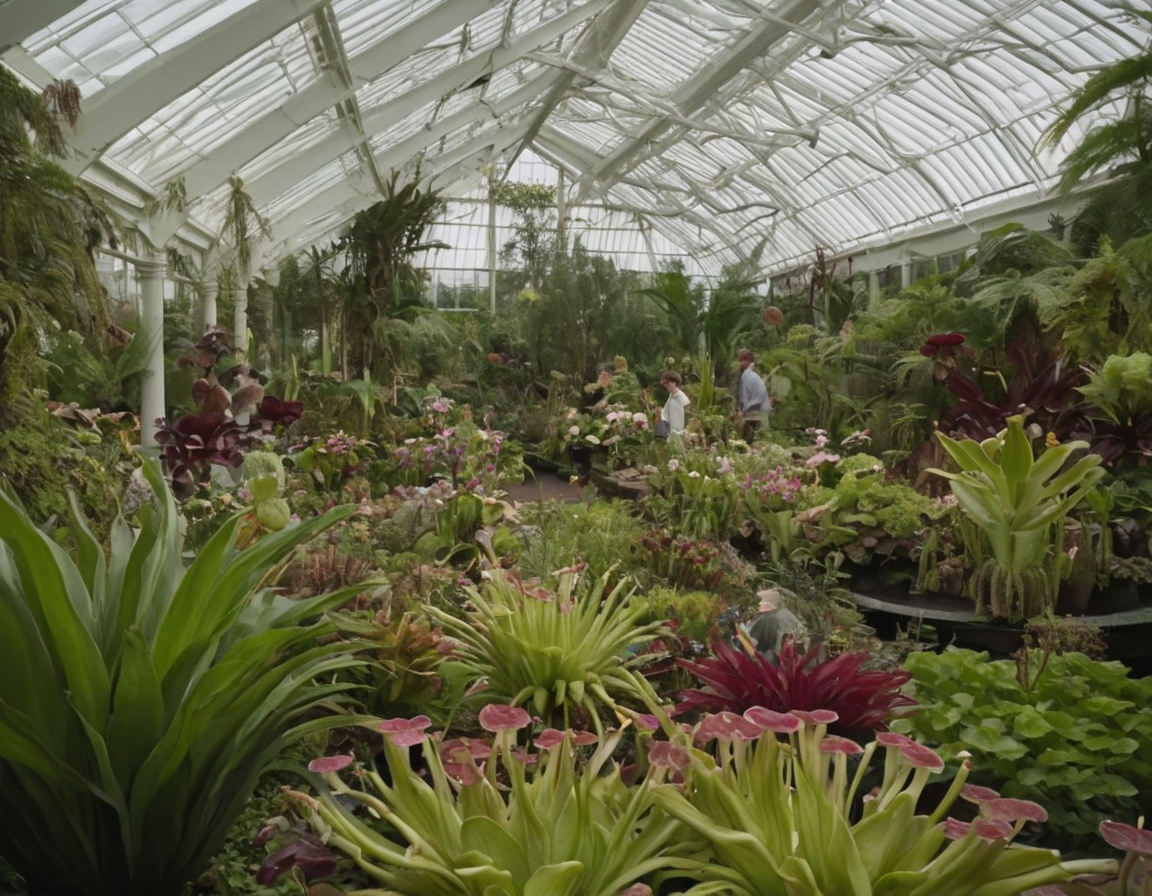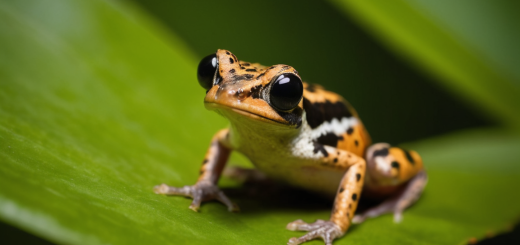The Fascinating World of Carnivorous Plants: A Brief Overview
Discover the Wonders of Carnivorous Plants
Plants with a taste for flesh? It sounds like something out of a science fiction novel, but carnivorous plants are a fascinating and real part of our natural world. In this post, we’ll unveil the mysteries of these remarkable flora, which have adapted in extraordinary ways to thrive in their environments.
Understanding Carnivorous Plants
Carnivorous plants are a unique group of plants that have evolved to capture and digest insects and other small animals. This adaptation allows them to survive in areas where the soil is poor in nutrients, particularly nitrogen, which is essential for plant growth. Let’s explore the various mechanisms that these plants use to ensnare their prey.
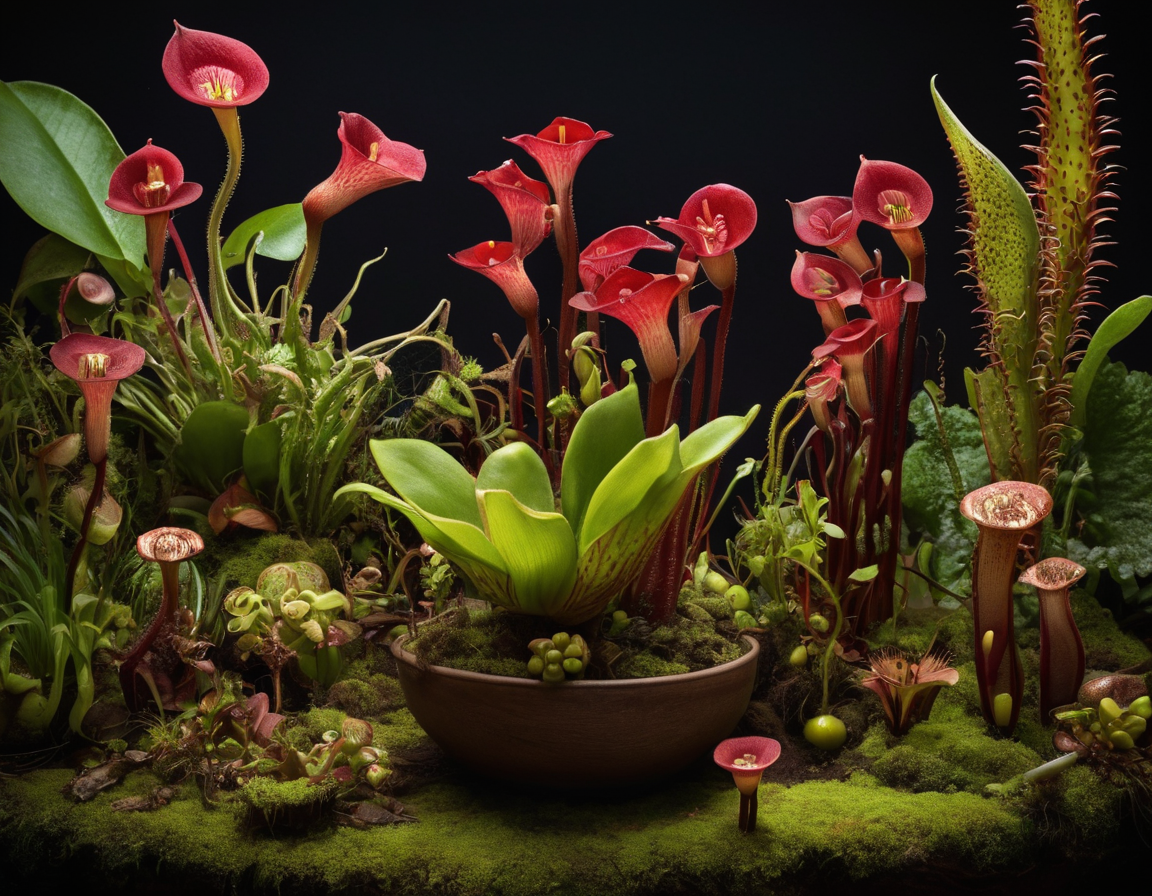
1. Pitfall Traps: The Luring Death Pits
One of the most iconic carnivorous plants, the pitcher plant, uses pitfall traps. These are deep cavities filled with digestive enzymes or bacteria to break down the victim. Insects are attracted by the plant’s nectar and vivid colors, only to slip and fall into the trap due to the slippery inner walls.
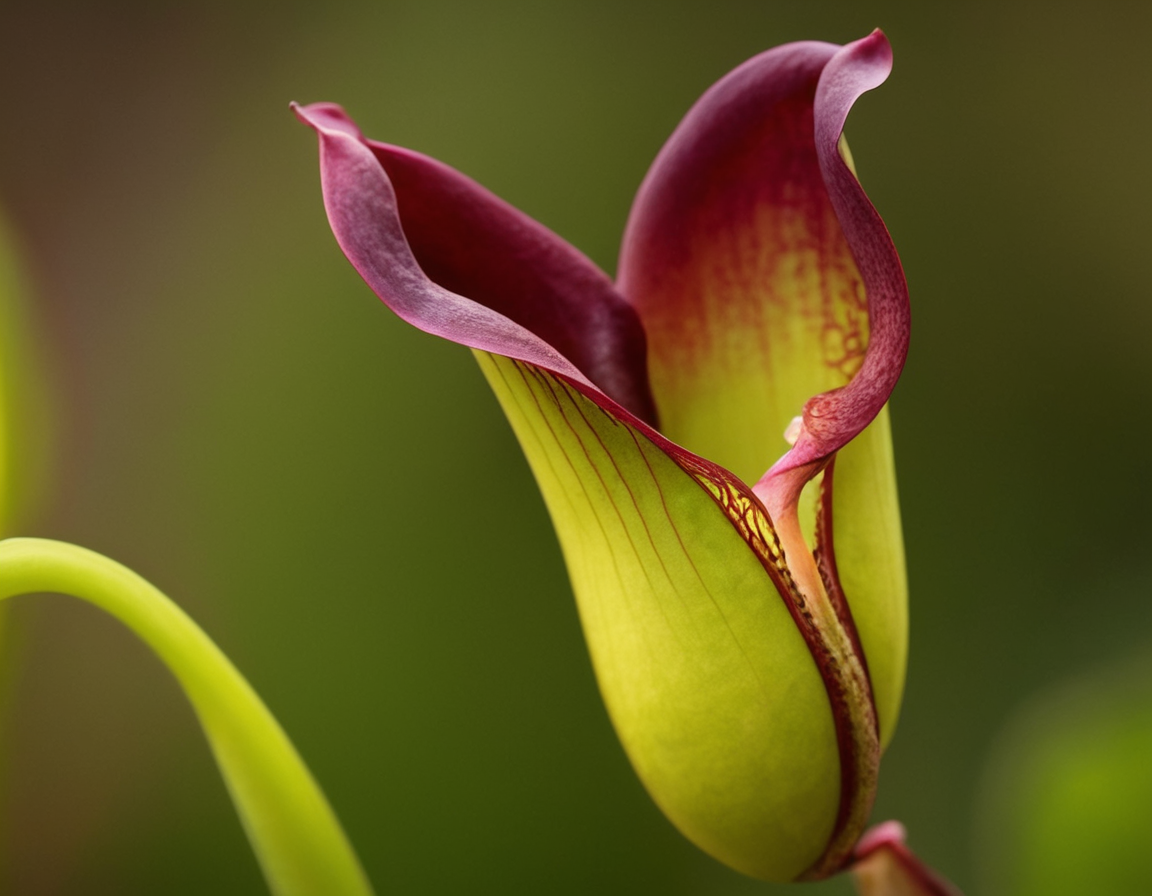
2. Flypaper Traps: The Sticky Situation
Flypaper traps are employed by plants like sundews. These plants exude a sticky substance from their leaves that ensnares unsuspecting insects. Over time, the leaves curl over the trapped insect to begin digestion.

3. Snap Traps: The Speedy Snatchers
The Venus flytrap, perhaps the most famous of all carnivorous plants, uses a snap trap mechanism. When trigger hairs on the plant’s leaves are touched, it causes the leaves to snap shut rapidly, capturing the prey inside.
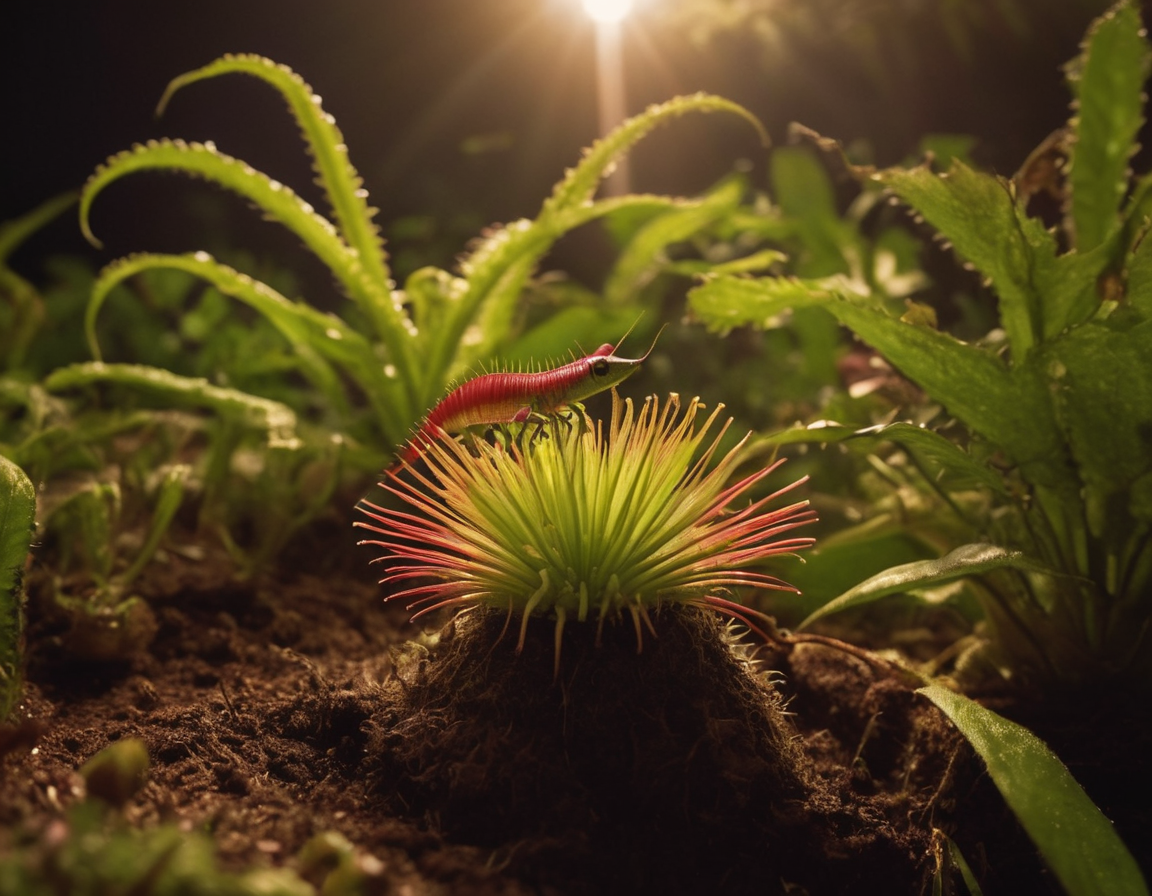
4. Bladder Traps: The Vacuum Seals of Death
Bladderworts, which are often found in aquatic environments, utilize bladder traps. These bladder-like structures create a vacuum that sucks in small organisms when triggered.
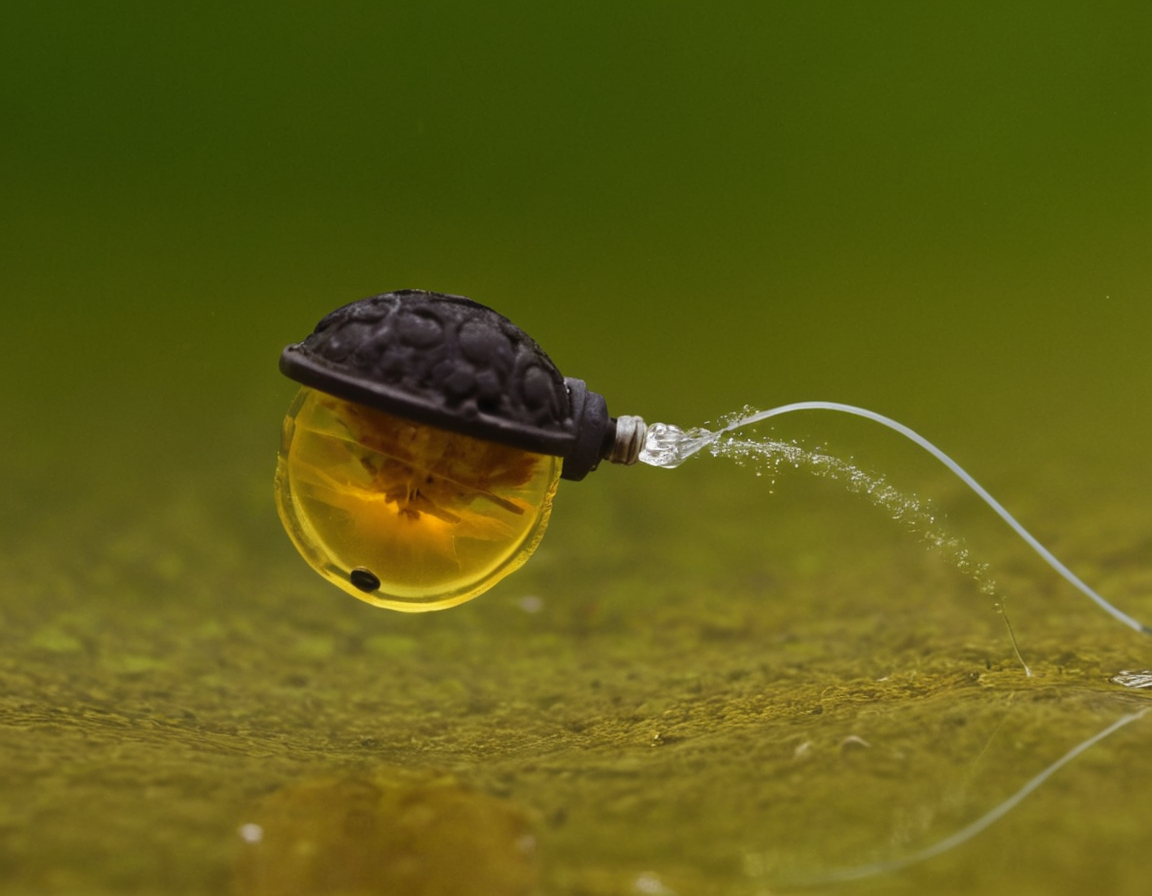
5. Lobster-Pot Traps: The Inescapable Mazes
Lastly, plants like the Genlisea, or corkscrew plants, use lobster-pot traps. Prey is guided by the plant’s intricate structure into a one-way passage from which escape is nearly impossible.
Conservation and Importance
Many carnivorous plants are considered endangered due to habitat destruction and climate change. They are also important for controlling insect populations and maintaining the ecological balance.
Conclusion
While they might seem alien, carnivorous plants are an important and extraordinary part of our planet’s biodiversity. Their unique adaptations make them a subject of continual fascination and study for botanists and hobbyists alike.
Are you intrigued by these natural wonders? Consider visiting a botanical garden or conservatory that features carnivorous plants to see them in action!
Take a closer look at nature’s ingenuity
